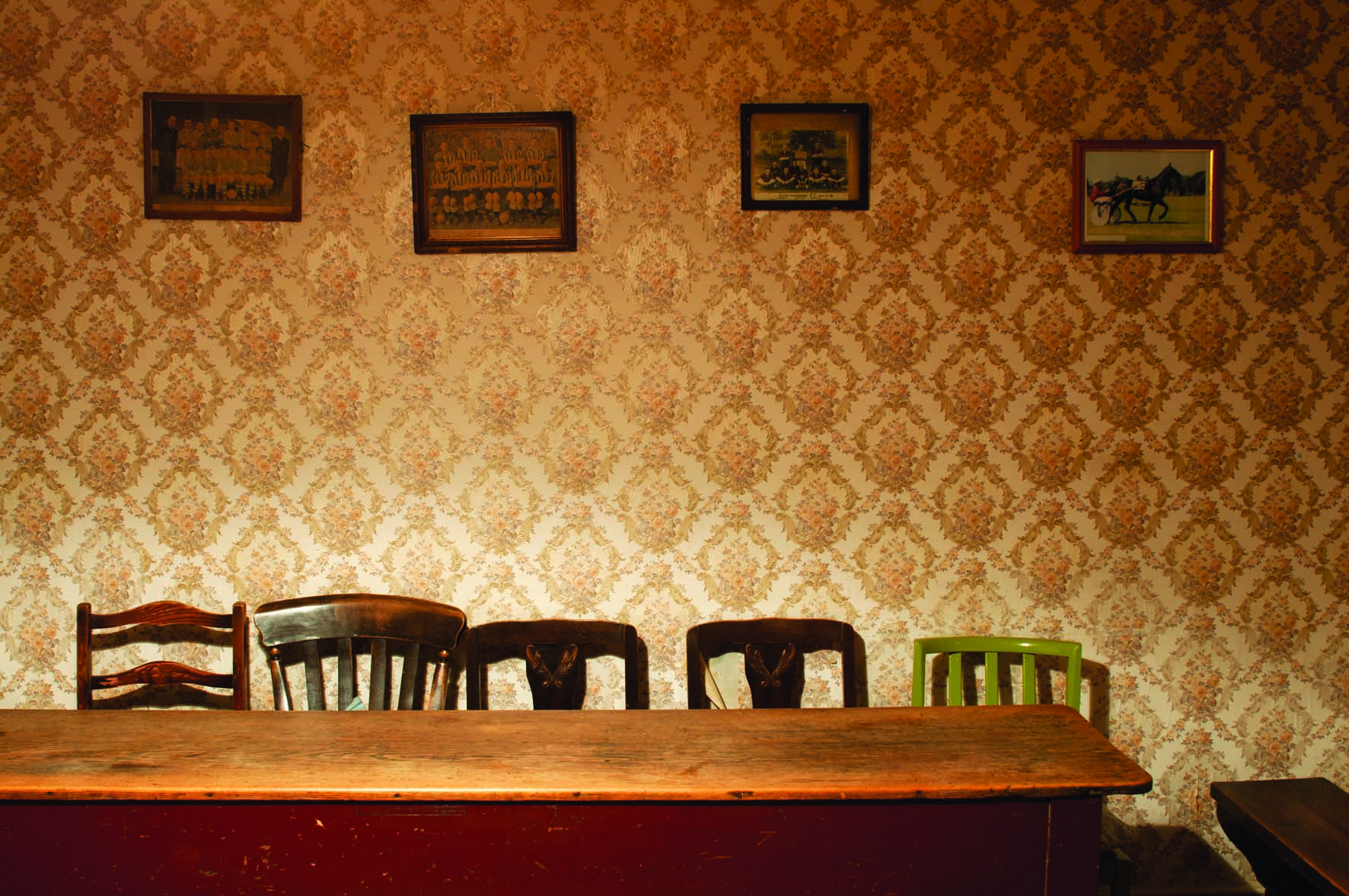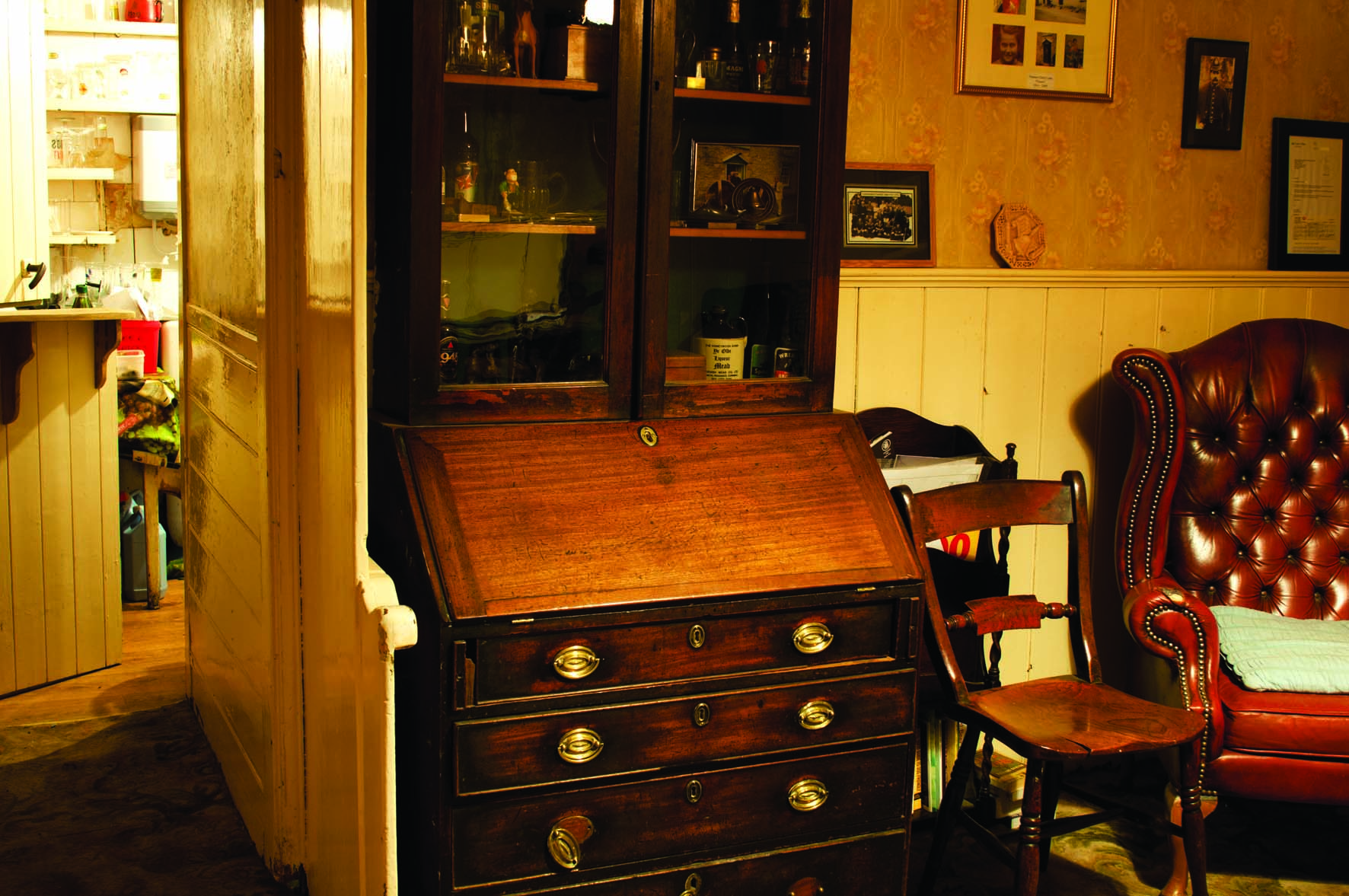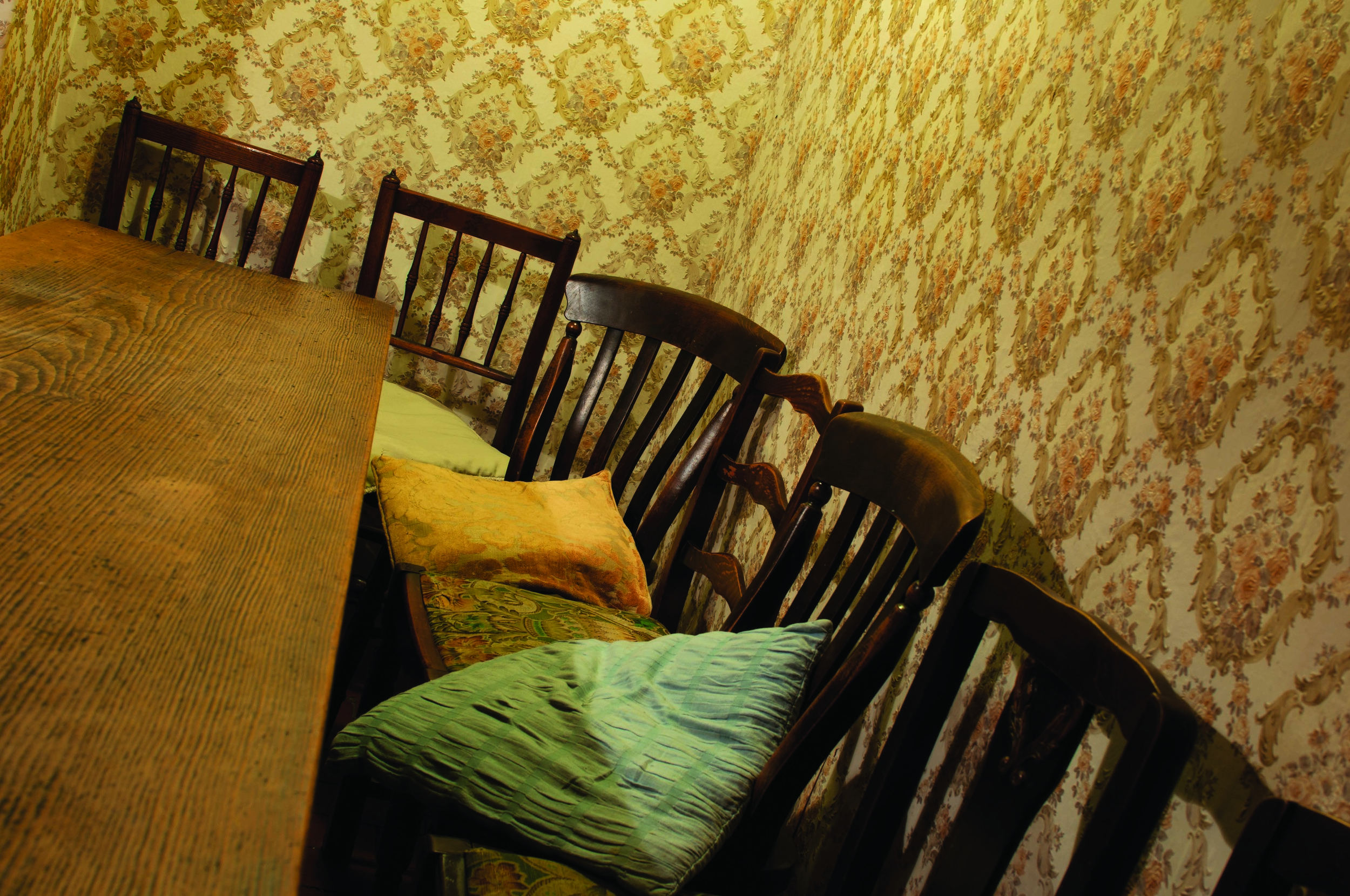Tucked away on a quiet lane in a Herefordshire village is an unforgettable pub once renowned for its legendary landlady, now the heart of a thriving community.
Photos: Gavin Weston
Striding the first 12 yards of a street near where I live, over 180 years ago may I add, I could have stopped for a drop of drink in 19 of the 30 residential dwellings that remain along both sides of the street.
The homes continue pretty much as they were, with their original doorways, where back then thirsty people like you or I could have popped in for a beer or cider, at what was then considered a parlour pub – a room put aside, such as the living room or kitchen – opened up to the public for the rate-paying home-owner to ply their trade as an inn-keeper.
The re-introduction of licensing in 1869 eventually put a stop to this free-for-all-business, with the mass of front-room parlour pubs disappearing seemingly overnight. Thankfully though, a few examples still remain in England and Wales.
Annoyingly I never got to enjoy a drink at the one closest to me while its landlady, Florence ‘Flossie’ Lane, held court – the oldest and longest serving licensee in this country at the time, and a remarkable woman by all accounts. My younger brother Ryan did though, of whom I’m always reminded when I stop by The Sun for a Hobsons Best and a packet of Ludlow Sausage Tyrrells….
He arrived early one evening to find landlady Flossie sat on her sofa watching Eastenders. Running the gauntlet for approval he was later instructed to help himself… walked through her living room and into the kitchen, where he found a pint glass, and turned the barrel tap. As he couldn’t quite fathom how to turn it off he quickly switched his full pint with an empty glass, and poured a second. By the time he’d figured what he’d been doing wrong he’d served himself no less than six pints. Putting his money onto the draining board, as you did, he proceeded to carry his round on a rickety old tin tray sheepishly past the landlady and into the right-hand room.
Without a true bar counter or cellar, this magnificent Grade II listed alehouse in Leintwardine has been frequented by many other people… many as curious as my brother; here to sample a near extinct aspect of British history and culture, including none other than Jeremy Paxman. He later described the pub in a Radio 4 interview as “...the most fantastic place. It was like stepping into a corner of England you thought hadn’t existed since the Second World War.”
Though a bright and airy single story pavilion extension has been built on to the back to form a more modern aspect, since Paxman’s and the younger Saxon’s visit, the front rooms of this unique and historical building have been well honoured – even down to the self-service hatch where you can still to this day draw your very own pint direct from the barrel – whether you chose to have just one or make a blunder like my brother and end up juggling six.
The Sun Inn, Leintwardine, SY7 0LP; 01547 540705
Mon 5.30pm–11pm; Tues–Sun 11am–10.30/11pm









